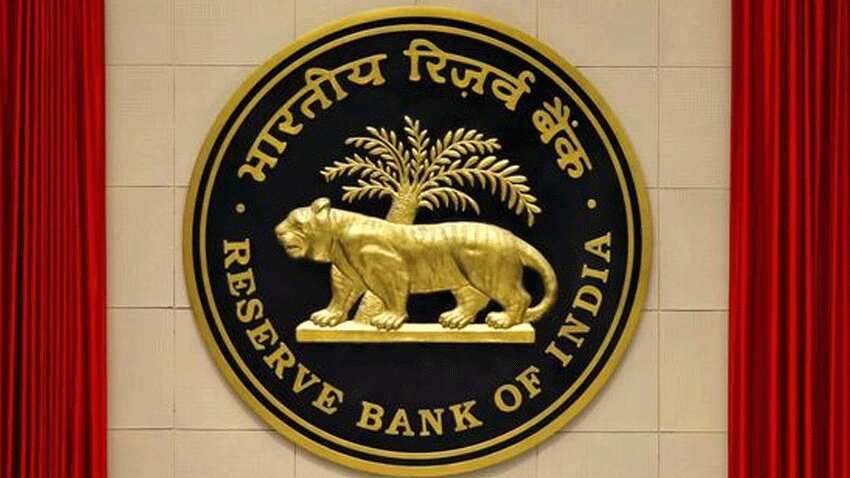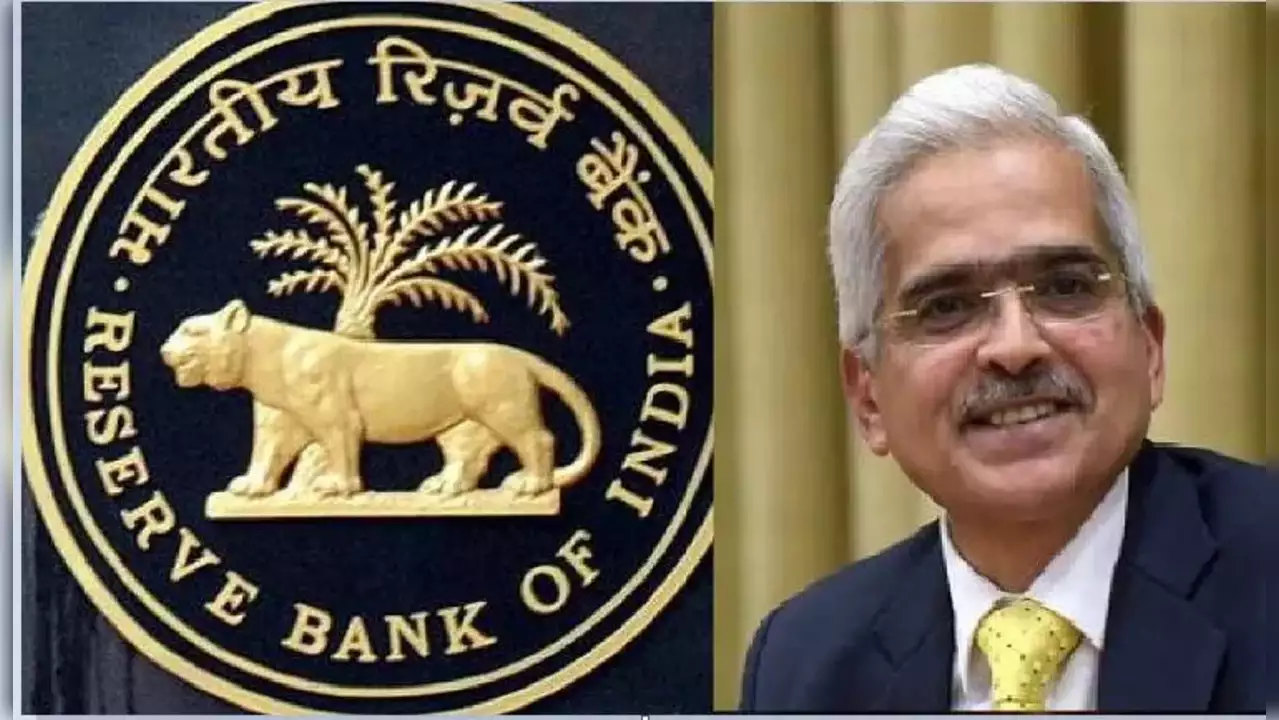RBI Lowers Margin Funding Limits to 30% from 50%
The Reserve Bank of India (RBI) has recently announced a significant change in margin funding limits, reducing it from 50% to 30%. This alteration is expected to have far-reaching implications on various sectors, particularly in the financial markets. Here’s a comprehensive overview of the development:
Introduction to Margin Funding Limits Change:
In a notable move, the RBI has decided to revise the margin funding limits from the existing 50% to 30%. This adjustment, effective immediately, seeks to address certain concerns and ensure the stability of the financial system.
Impact on Financial Markets:
The reduction in margin funding limits is likely to have a profound impact on financial markets, especially on participants who heavily rely on margin funding for trading activities. Traders, investors, and financial institutions will need to recalibrate their strategies and risk management frameworks to adapt to the new regulations.
Implications for Investors:
For investors, this change could translate into a need for higher upfront capital to initiate trades or investments. Consequently, it may influence investment decisions and portfolio allocations, potentially leading to a shift in market dynamics.
Regulatory Rationale:
The RBI’s decision to lower margin funding limits reflects its commitment to safeguarding financial stability and mitigating risks associated with excessive leverage. By imposing stricter margin requirements, the central bank aims to curb speculative activities and promote prudential financial practices.
Future Outlook:
Looking ahead, market participants and stakeholders are likely to closely monitor the implications of this policy change. Adjustments in trading strategies, risk management techniques, and market liquidity dynamics are expected as the industry adapts to the new regulatory environment.

Why this News is Important:
Significance for Financial Markets:
The reduction in margin funding limits by the RBI holds paramount importance for financial markets, as it directly impacts trading activities and investment strategies. This move is aimed at ensuring financial stability and curbing excessive risk-taking in the markets.
Impact on Market Participants:
Market participants, including traders, investors, and financial institutions, need to reassess their strategies and adapt to the new margin requirements. This adjustment could influence trading volumes, market liquidity, and asset prices in the short to medium term.
Regulatory Prudence:
The RBI’s decision underscores its regulatory prudence and commitment to maintaining a resilient financial system. By recalibrating margin funding limits, the central bank aims to enhance market integrity and prevent potential systemic risks arising from excessive leverage.
Historical Context:
Background of Margin Funding:
Margin funding has been an integral part of financial markets, allowing investors to amplify their market exposure by borrowing funds from brokers against collateral. However, excessive leverage can pose systemic risks and destabilize the financial system.
Previous Regulatory Measures:
In the past, regulatory authorities have implemented various measures to address concerns related to margin trading, including setting margin requirements, imposing position limits, and enhancing surveillance mechanisms.
Key Takeaways from “RBI Lowers Margin Funding Limits to 30% from 50%”
| Serial Number | Key Takeaway |
|---|---|
| 1. | RBI has reduced margin funding limits from 50% to 30%. |
| 2. | This change is aimed at promoting financial stability. |
| 3. | Market participants need to adjust their strategies. |
| 4. | The decision reflects regulatory efforts to curb risks. |
| 5. | Close monitoring of market dynamics is essential. |
Important FAQs for Students from this News
What is margin funding?
Margin funding refers to the practice of borrowing funds from brokers to finance investment activities, using securities or other assets as collateral.
Why did the RBI reduce margin funding limits?
The RBI reduced margin funding limits to 30% from 50% to promote financial stability and mitigate risks associated with excessive leverage in the financial markets.
How will the reduction in margin funding limits impact traders and investors?
The reduction in margin funding limits may require traders and investors to allocate higher upfront capital for trading activities, potentially influencing investment decisions and market dynamics.
What are the implications of the RBI’s decision on market liquidity?
The RBI’s decision could affect market liquidity dynamics as traders and investors adjust to the new margin requirements, potentially leading to changes in trading volumes and asset prices.
How should market participants adapt to the new margin funding limits?
Market participants should reassess their trading strategies and risk management techniques to align with the revised margin requirements set by the RBI.
Some Important Current Affairs Links

















